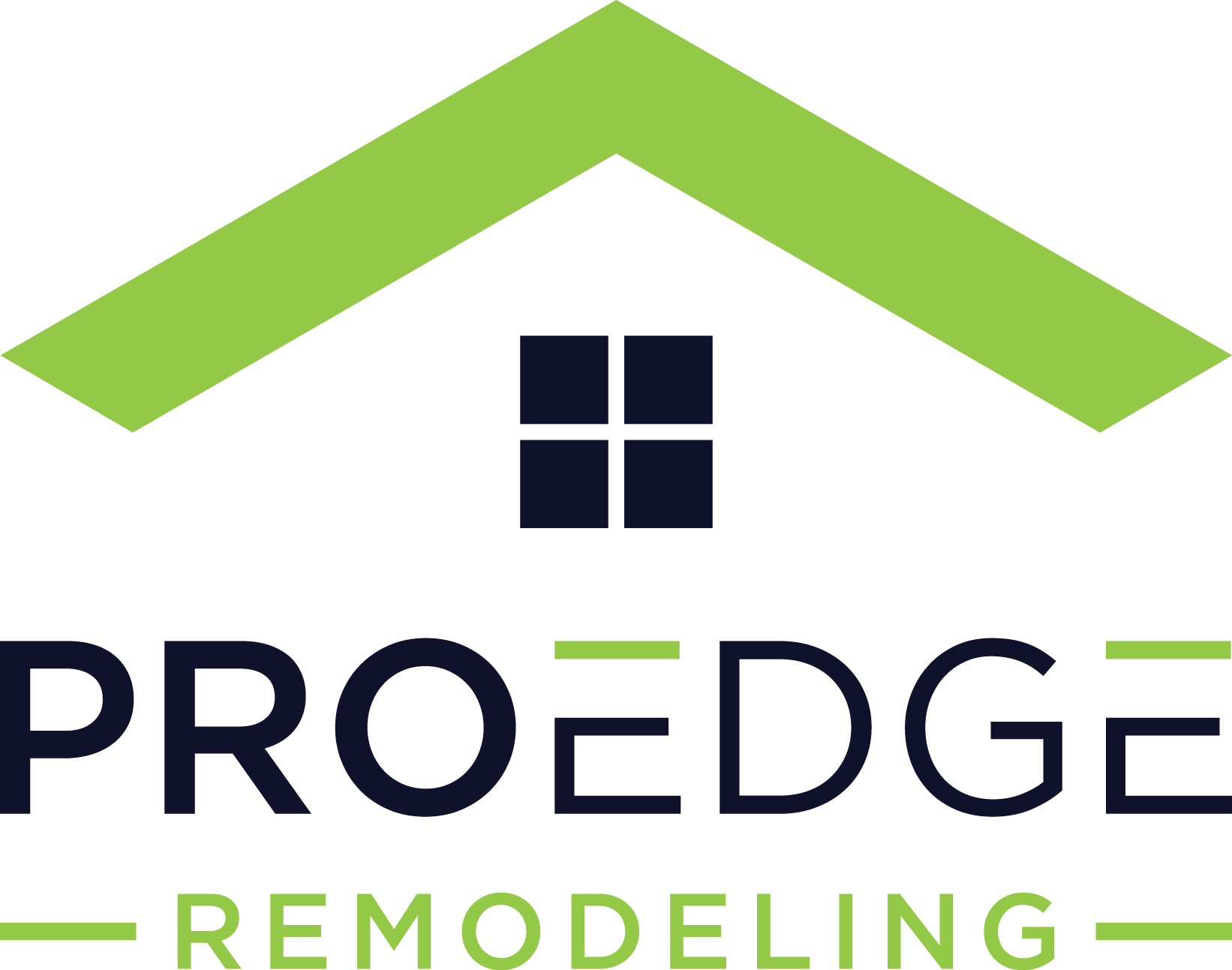How Many Solar Panels Are Needed for Your Home?

*Updated on October 9th, 2024
As renewable energy gains momentum and homeowners increasingly seek sustainable solutions, the decision to harness solar energy has become a more popular choice. However, with the multitude of options available in the market, selecting the most suitable solar panels for your home can feel overwhelming.
From efficiency and durability to cost and warranty considerations, making an informed decision requires careful evaluation. We’re providing you with a comprehensive guide to help navigate the process of choosing solar panels for your home. By understanding the key factors and asking the right questions, you can confidently embark on your solar journey and maximize your long-term savings.
Steps to Follow
1. Assess Energy Usage
The first step is to measure your level of consumption. To determine the appropriate amount of solar energy to meet your monthly and yearly electricity bills. Pay attention to the total amount of kilowatt-hours (kWh) used within a set timeframe, such as a year. Having this information handy will allow you to estimate the solar energy capacity necessary to power your home or business.
2. Determine Panel Efficiency
Solar panel efficiency is measured by the amount of sunlight a panel can convert into usable electricity. This rating is expressed as a percentage, making it easy to compare between different panels.
Factors including the panel’s composition, roof placement, and design can all impact its efficiency. Choosing more efficient panels may cost more initially, but it will also save you more money in the long run by providing greater energy savings and a higher return on investment (ROI).
3. Determine Solar Panel Production
Production ratios can quickly become complicated and require professional expertise. The production ratio is a key factor to understand. It compares the anticipated energy output, measured in kWh, to the actual system size, measured in W. But don’t be fooled into thinking it’s a straightforward calculation – many factors come into play. Consider the amount of sunlight your home receives and how much shade it gets. Let’s explore this important metric together.
4. Determine the Number of Panels
To accurately determine how many solar panels you’ll need, simply divide your required panel capacity by the rating of the individual solar panels you plan on using. This calculation will give you an approximate number of panels required for your system.
Factors that Influence How Many Solar Panels You Need
If you’re ready to commit to solar energy but don’t know where to start, we’re compiling a list of factors to consider as you choose the type and quantity of panels for your home.
1. Solar Panel Type
We’ve got you covered with this quick guide to the three main types of solar panels: monocrystalline, polycrystalline, and thin film. Let’s break it down and explore the unique features of each one.
- Monocrystalline
Discover the top-performing solar panels that are both budget-friendly and energy-efficient. These panels are widely available from solar panel companies and require fewer units due to their impressive efficiency of 15%–25%.
- Polycrystalline
Learn about the most cost-effective and sustainable solar panels that will lower your energy bills without breaking the bank. These panels are available from various solar panel manufacturers and will require less units as they boast an impressive efficiency rating of 15% to 25%.
- Thin film
If you’re looking to use solar panels for a project, consider thin-film panels if you have ample roof space or only need a limited amount of energy. These panels have an efficiency range of 10%–20% and are perfect for specialized projects.
2. Hours of Sunlight
To determine your solar energy potential, it’s essential to calculate your expected peak solar hours. Keep in mind that this number represents an average value, accounting for the variability of sunshine based on seasonal and daily changes. This number factors in fluctuations throughout the year to ensure you’re setting realistic expectations for your solar needs.
3. Home Layout
To determine the size of your solar panel system, your home’s layout and roof design play a crucial role. This means that unique roof designs or the presence of chimneys may limit the number of panels you can install. In addition, take into consideration how shaded your roof is and the angle of the slope. Understanding these factors is essential to a comprehensive understanding of how many panels will be necessary for your system.
4. Energy Consumption
Final Thoughts
By following the steps outlined in this guide, you can make an informed decision based on your electricity consumption, desired energy independence, system efficiency and panel capacity. Keep in mind it’s important to consider regional factors, such as climate and shading, and consult with solar professionals to ensure accuracy on your system size.
With the right number of solar panels tailored to your specific needs, you can embark on a sustainable energy journey while enjoying the benefits of renewable power for years to come.
FAQ
Is it possible to put too many solar panels on your home?
Yes, it is possible to put too many solar panels on your home. It’s important to strike a balance between your energy needs, available space, and budget to ensure an optimal solar panel installation for your home.
Should I consult a professional solar panel installer?
Consulting a professional is recommended. They can conduct an energy assessment, evaluate your roof’s suitability, consider local guidance, and provide expert guidance on the optimal number of panels for your specific needs.
What are the cost implications of installing too many solar panels?
Installing excessive panels can increase upfront costs and extend the payback period. It’s important to carefully assess your energy needs and balance them with your budget to achieve cost-effective solar panel installation.
Additional Solar Resources

Anna has over six years of experience in the home services and journalism industries and serves as the Content Manager at MyHomePros.com, specializing in making complex home improvement topics like HVAC, roofing, and plumbing accessible to all. With a bachelor’s degree in journalism from Auburn University, she excels in crafting localized, comprehensive guides that cater to homeowners’ unique needs. Living on both coasts of the United States has equipped her with a distinctive perspective, fueling her passion for turning any house into a cherished home through informed, personalized decision-making.
Connect with top-rated local contractors who can help you with siding, roofing, HVAC, windows, and more. Get free quotes from verified professionals in your area today.








